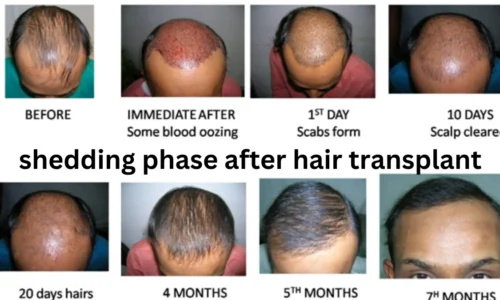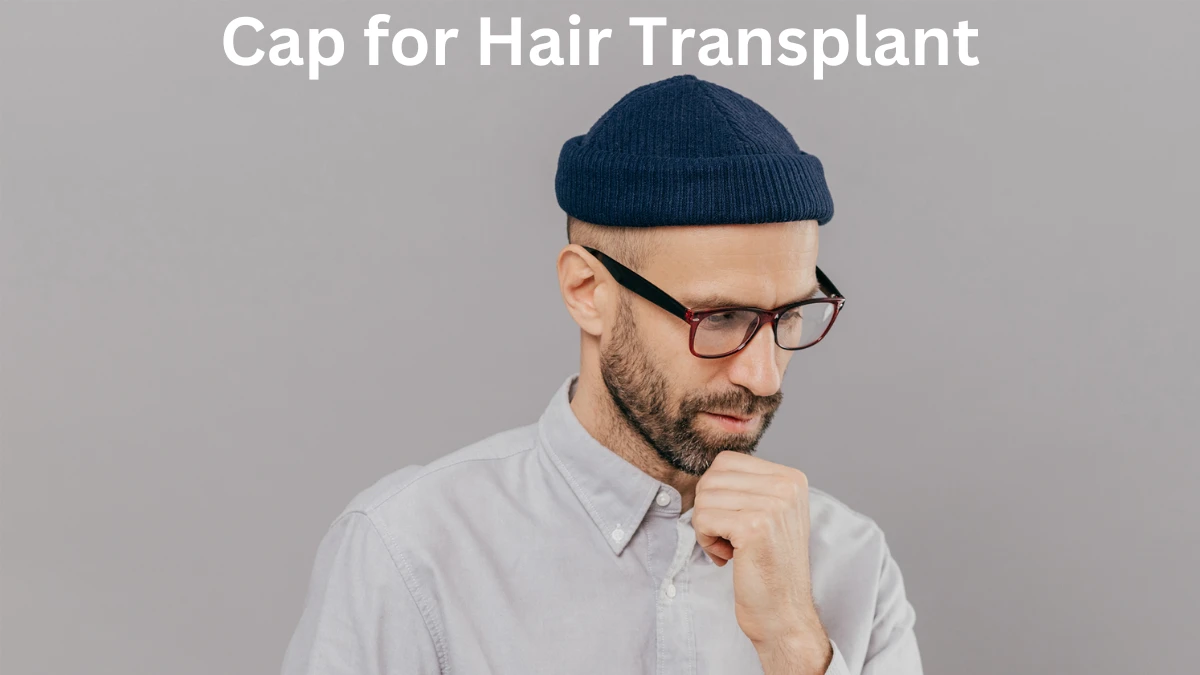
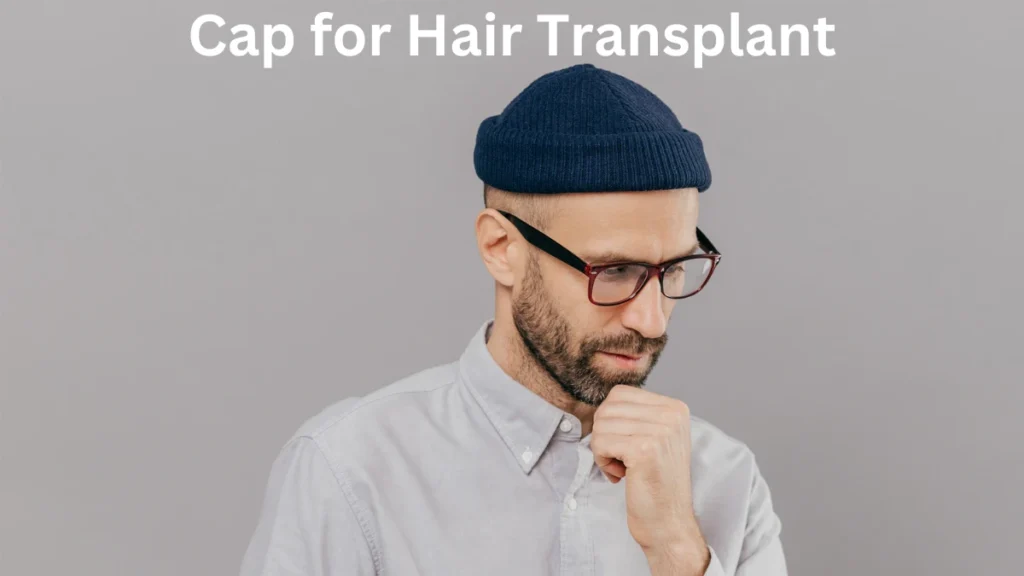
Undergoing a hair transplant can be a life-changing decision, giving you renewed confidence and a fuller head of hair. However, the recovery process is crucial in ensuring the procedure’s success. One question often arises is whether you can wear a cap after a hair transplant and, if so, when and how. In this guide, we’ll discuss everything you need to know about wearing a cap post-hair transplant.
Book Your Consultation Today
Visit Dr. Hanan Dermatology Specialty Clinic in Padur, OMR, Chennai. Schedule your consultation today and start your journey to fuller, healthier hair.
For more information and to book your appointment, visit our clinic or call us at the clinic’s contact details.
Why Caps Are Discussed Post-Hair Transplant
After a hair transplant, your scalp is in a sensitive state. Wearing a cap might seem like a convenient way to protect the scalp or cover any redness and scars. However, improper use of caps can potentially harm the healing process or dislodge the newly implanted grafts. Therefore, understanding the right way to use caps is essential to avoid complications and support recovery.
Can You Wear a Cap After a Hair Transplant?
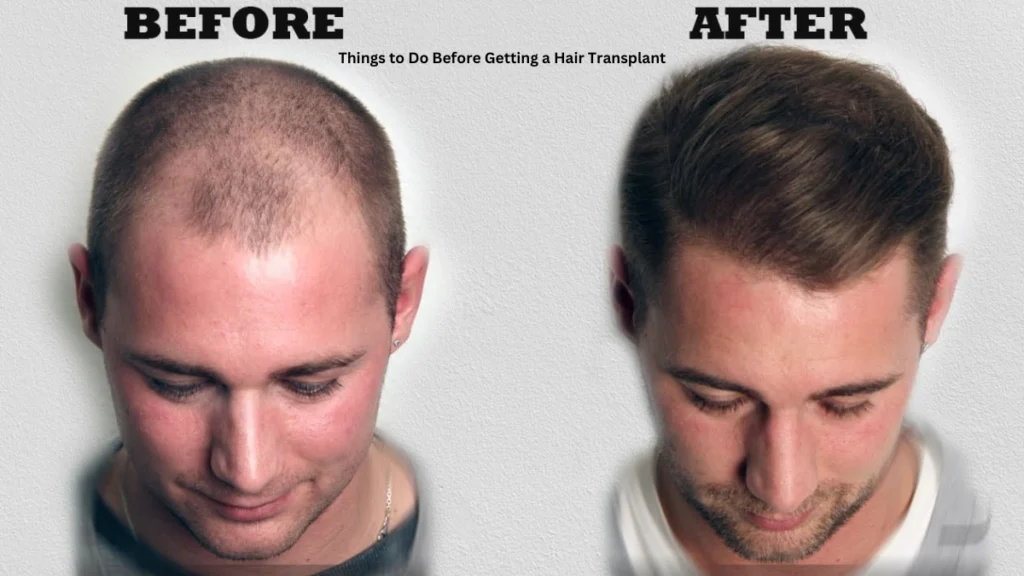
The short answer is yes but with precautions. The timing and type of cap you choose are critical. Following the hair transplant, the scalp needs time to heal, and the grafts must anchor themselves securely. Caps should not be worn immediately after the procedure unless specifically recommended by your surgeon.
Read more: Things to Do Before Getting a Hair Transplant
When Can You Start Wearing a Cap?
Most surgeons advise waiting at least 5–7 days before wearing any kind of cap. During this time, your scalp is healing, and the grafts are particularly vulnerable. Once the initial healing period is over, you can wear a loose-fitting, soft cap that doesn’t exert pressure on the scalp or disturb the grafts.
If you’re unsure, consult your doctor to get personalized advice based on your transplant method—whether it’s Follicular Unit Extraction (FUE) or Follicular Unit Transplantation (FUT).
Caps for the Early Recovery Phase
Best Types of Caps to Use
- Loose-fitting caps: These allow air circulation and prevent rubbing on the scalp.
- Soft, breathable materials: Cotton or lightweight fabrics are ideal to reduce irritation.
A cap that sits gently over the scalp can help protect the grafts from dirt, dust, and sunlight during the early recovery phase.
How Caps Protect Grafts
Caps can act as a shield against external elements such as pollution or accidental bumps. However, they must not interfere with the transplanted area, which is still fragile during this period.
Caps and Graft Safety
Wearing a cap too soon or choosing a tight-fitting one can damage the grafts. Here are some safety measures to keep in mind:
- Avoid pressure: Ensure the cap doesn’t press against the grafts.
- Prevent infection: Clean your cap regularly to reduce the risk of bacteria buildup.
- Don’t rub or disturb the scalp: Use caps only when absolutely necessary, especially in the first two weeks.
Tips for Choosing the Right Cap
When selecting a cap post-transplant, consider the following:
- Material: Opt for soft and breathable materials like cotton.
- Fit: Choose a cap that sits loosely over the scalp without exerting pressure.
- Design: Avoid caps with hard brims or internal stitching that may irritate the skin.
How Caps Can Help with Sun Protection
Direct sunlight can harm the transplanted area and slow the healing process. Caps offer excellent protection by shielding the scalp from harmful UV rays. If wearing a cap isn’t an option, use a hair-friendly sunscreen or stay indoors during peak sun hours.
Common Mistakes When Using Caps Post-Transplant
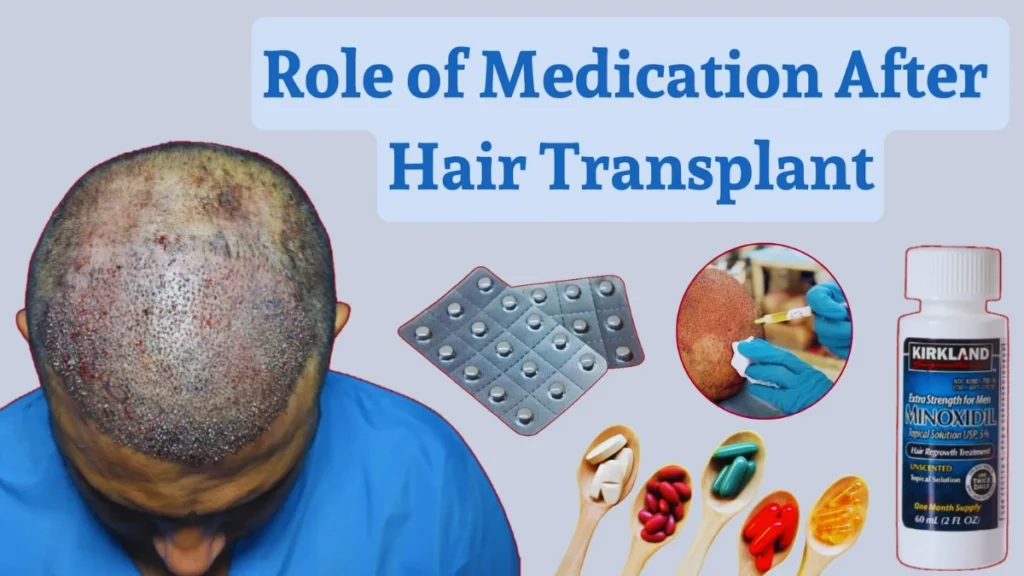
- Wearing caps too soon: This can dislodge the grafts and affect the results.
- Choosing tight caps: These can irritate the scalp and disrupt healing.
- Neglecting hygiene: Dirty caps can introduce bacteria, leading to infections.
Read more: Medicine After Hair Transplant Essential Post-Operative Care for Optimal Results
Hygiene Tips for Caps
- Wash your cap regularly with mild detergent.
- Rotate between multiple caps to ensure cleanliness.
- Avoid wearing the same cap for prolonged periods, especially if it gets sweaty.
Psychological Benefits of Wearing Caps Post-Transplant
Wearing a cap can boost your confidence during the recovery period. It allows you to step outside without worrying about visible redness, swelling, or scabs. This simple accessory can make the recovery phase more comfortable for many individuals.
Alternatives to Wearing Caps
If wearing a cap feels uncomfortable or is not advisable during the initial recovery phase, consider these alternatives:
- Bandanas or scarves: These are soft and less likely to irritate the scalp.
- Hair-friendly sunscreen: Use a mild product to protect against UV rays.
- Staying indoors: Avoid stepping out during peak sunlight hours to minimize exposure.
Long-Term Cap Use After Hair Transplant
Once your scalp has healed completely, you can transition to wearing regular caps. However, avoid tight caps or prolonged use to prevent traction alopecia, which can cause further hair loss over time.
Expert Opinions on Wearing Caps
Leading hair transplant surgeons recommend prioritizing scalp safety and hygiene during the recovery period. While caps are a practical option, they should be used with caution. Always follow your surgeon’s instructions for the best results.
FAQs About Caps for Hair Transplant Recovery
- How soon can I wear a cap after a hair transplant?
- Most surgeons recommend waiting 5–7 days before wearing a loose-fitting cap.
- Will wearing a cap affect my grafts?
- If worn correctly and after the initial healing phase, caps should not harm the grafts.
- What type of cap is best for the first few weeks post-transplant?
- Choose a loose-fitting cap made of soft, breathable fabric.
- Can I wear a cap while exercising?
- Avoid caps during exercise in the early recovery phase as sweat can irritate the scalp.
- How can I clean my cap to avoid infections?
- Wash caps regularly with a mild detergent and rotate between multiple caps.

